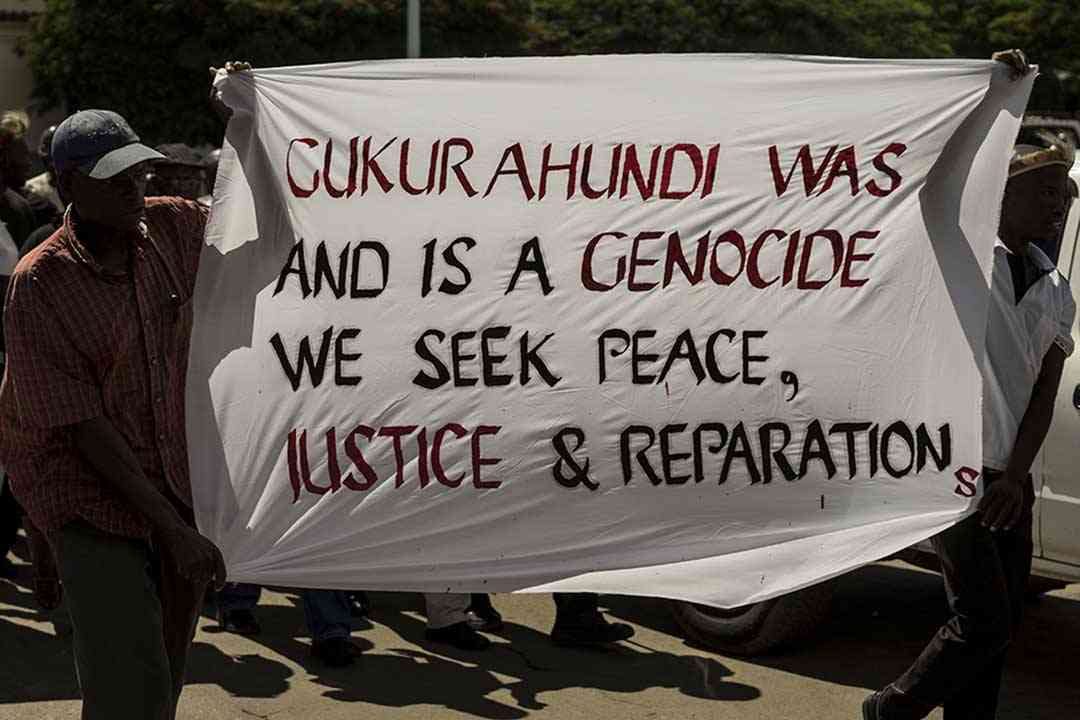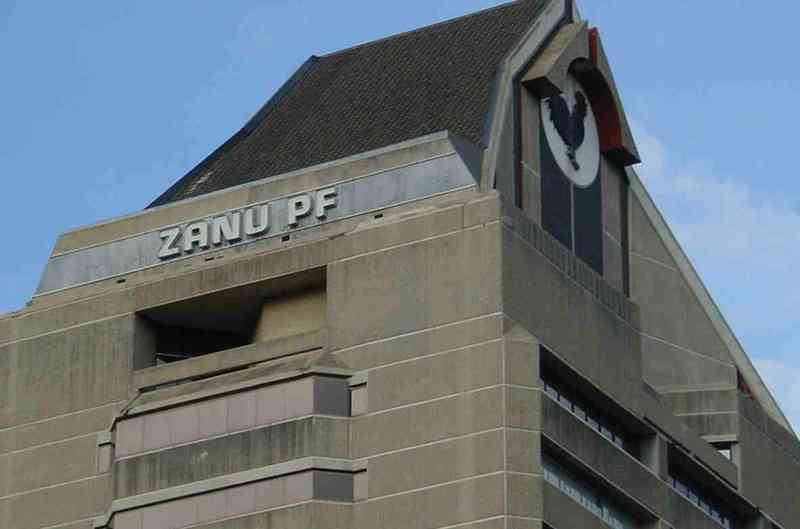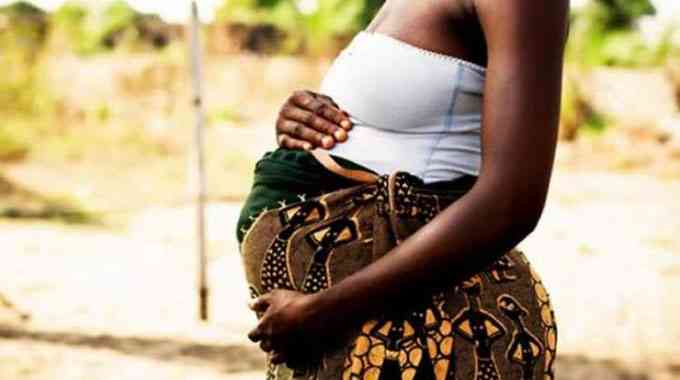
Swaying green cotton fields in Gokwe and Guruve as far as the eye can see is a clear testament to the country’s rich agricultural heritage.
However, a visitor journeying there for the whole day rather sees a disturbing phenomenon — vast fields of tobacco crop competing for space under an enormous sky. In between, are a few groups of trees that look like islands and next to them, the tiled roofs of isolated villages.
Once celebrated as the "white gold" of Zimbabwe, cotton has been the backbone of these rural communities, providing livelihoods and supporting local economies. However, recent challenges have cast a shadow over this once-thriving sector. With farmers increasingly turning to tobacco and other cash crops due to delayed payment and erratic rainfall, the future of cotton cultivation hangs in the balance.
As the Cotton Company of Zimbabwe (Cottco) prepares to install a 60-tonne oil-pressing plant in Gokwe, can this initiative breathe new life into the cotton industry, or is it too little too late?
A troubled legacy
George Ndlovu, a seasoned cotton farmer in Gokwe, reflects the sentiments of many in the region.
“We have not been paid our cotton harvest dues since 2018,” he laments. This delay has demoralised local farmers, compelling many to pivot towards more lucrative crops like tobacco. The economic strain has been exacerbated by poor rainfall patterns, attributed to the El Niño phenomenon, which has led to subdued harvests across the country.
As Zimbabwe grapples with climate variability, the cotton fields of Gokwe and Guruve, once abundant, are now facing an uncertain future. With over 200 000 hectares planted this season, Cottco is optimistic about a rebound. “If the rains persist into February and March, the outlook for the crop will improve,” Cottco’s chief executive officer, Rocky Mutenha, told the Press recently. However, local farmers remain sceptical, haunted by past experiences of non-payment and the lure of more reliable cash crops.
- Zanu PF knives out for Wadyajena
- TIMB boss in court
- The importance of parastatals
- Wadyajena challenges placement on remand
Keep Reading
The cotton industry’s resilience
Despite these challenges, the cotton sector is not without hope. Cottco has taken steps to address issues plaguing farmers, including settling part of the debts owed from previous harvests. Mutenha assured farmers that the remaining amounts will be cleared before this year’s marketing season begins.
Cottco has introduced a farmer classification system to streamline input distribution based on farming history and loyalty, aiming to enhance productivity and support.
While the infrastructure improvements, such as the new oil-pressing plant, promise economic benefits, the question remains: Can these initiatives restore the trust of local farmers? Many are wary, having witnessed the ecological toll of intensive cotton cultivation, including deforestation, soil degradation and loss of biodiversity.
Environmental concerns
The ecological impact of cotton farming in Gokwe and Guruve is profound. Environmentalists warn that extensive monoculture practices have led to significant changes in the landscape, with native forests being cleared for cotton fields. This transformation not only threatens local ecosystems but also compromises the long-term sustainability of cotton farming itself.
As cotton fields stretch endlessly across the plains of Chireya and Magunje, it’s a stark reminder of nature’s fragility. Indigenous trees, once abundant, are now mere remnants in a sea of green.
The allure of quick profits from cotton has driven farmers to prioritise short-term gains over environmental stewardship. The question of sustainability looms large, as experts argue that without a shift towards more diversified and sustainable farming practices, the future of cotton in Zimbabwe could be at stake.
The road ahead
As Cottco’s new oil-pressing plant prepares to open in Gokwe, it symbolises both potential and peril. On one hand, it represents an opportunity for farmers to add value to their cotton, generating additional income and creating jobs. On the other hand, the success of this venture is contingent upon the willingness of farmers to return to cotton cultivation, which hinges on timely payment and reliable support from Cottco.
“We chose Gokwe because it has the highest throughput for factory processing and population. We expect the plant to be delivered in the first or second quarter of 2025”, Mutenha said.
Cottco is also pushing forward with its green energy project to power the Muzarabani ginnery, which faces electricity challenges.
“We expect to generate more energy than we require, with excess power channelled into the national grid for consumption by other electricity users in Muzarabani,” Mutenha said.
“The project has not yet taken off as we are in discussions with financial and technical partners, but it will take place this year.”
He announced the implementation of a farmer classification system to streamline input distribution. This system categorises farmers based on their historical performance in production, productivity and loyalty in delivering to Cottco.
Farmers are classified into three groups: gold for those with four hectares or more of cotton, silver for those with one to three hectares and bronze for those with less than one hectare or practising Pfumvudza/Intwasa.
Mutenha said the crop stages indicate a very late season, with most of the crop not yet reaching the productive stage.
“About 12% of the crop has just emerged, having been planted late; 31% is between two and four pair leaves; 32% is between four and six leaves; 18% is squaring; seven percent is at flowering to ball formation stages and one percent is at full ball formation.”
“The crop is healthy and a good harvest is expected if it continues to rain into February and March.”
Mutenha highlighted that Cottco has successfully paid 100% of the foreign currency payments due from last year, accounting for 75% of the value. However, an outstanding balance of US$400 000 to be paid in local currency remains.
He said the company was committed to clearing the balance before the 2025 marketing season began.
Local farmers' preferences for tobacco over cotton highlight a critical dilemma: can cotton regain its status as a viable crop in the wake of past grievances? The challenge lies in reviving the cotton industry and addressing the underlying issues of trust, payment and environmental sustainability.
A call for collaboration
For Gokwe and Guruve to reclaim their title as Zimbabwe’s cotton bowl, a collaboration between farmers, Cottco and environmental advocates is essential. Focusing on sustainable practices, timely payments and community engagement will be crucial in revitalising the cotton sector.
As farmers like George Ndlovu ponder their futures, the hope for cotton’s resurgence remains. With the right support and a commitment to sustainability, the once-mighty "white gold" of Zimbabwe can shine again, benefiting both the farmers and the environment they depend upon. The journey ahead is fraught with challenges, but the potential rewards for a rejuvenated cotton industry are immense, promising renewed livelihoods and ecological balance in one of Zimbabwe's most vital agricultural regions.










